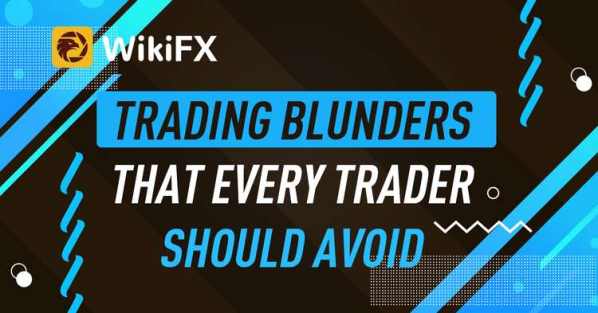
The market's volatility makes it more interesting for traders, but it may also be a trap due to greed takeover. Some traders are prone to committing one or more of the following errors. Continue reading our article and attempt to avoid these blunders for a better trading experience.
Lack of a Trading Strategy: One of the most important duties before beginning to trade is developing a trading strategy. You must be able to answer a few questions before trading.
Based on the chart, what elements affect my choice to go short or long?
Analysts typically refer to an investor's long or short positions when discussing trading. To understand the two words, a long position means that the investor bought and held stocks with the idea that the price would rise. When a trader goes short, he or she is selling shares without owning them in the belief that the price would fall. If the price rises further, the short seller may face a margin call.
What charts should I examine?
Here's a high-level overview of the basic charts and concepts:
Price and quantity
The price alone is insufficient to determine whether to purchase or sell. It is critical to consider both the pricing and the volume for this reason. For example, if the stock price falls but the volume is significantly below the norm, this might indicate that major traders are not selling aggressively, indicating that the stock is still a good buy. On the other side, if the price is up but the amount of shares exchanged is low, it might be a head-fake; otherwise, the volume of shares traded would surge.
Line of Moving Averages
The line follows the price fluctuation over time based on the investor's desire to hold the stock. As a result, you should constantly keep an eye on how stocks perform when they are trading around the moving average to determine if it is time to buy or sell.
Line of Relative Strength
It is a fast approach to see if a stock is a leader by comparing its stock price performance to that of the S&P 500. The strong rise in the RS line indicates that the stock is outperforming the market.
What is my price point?
Setting a price objective allows traders to select when to purchase and sell depending on their research. professional However, even for traders, it is all based on a calculated assumption.
What am I willing to risk?
The amount you are willing to risk varies according on your risk appetite and tolerance. It might be either a percentage or a monetary value. Some are prepared to risk 1% of their overall account, while others are willing to risk up to 3%. However, it is not suggested to risk losing more than 2% to 5% on a single deal.
How much money do I want to make?
Depending on the chart, the gain goal is the price level you choose for profit. There are several methods and instruments for performing such technical analysis, but the most commonly utilized two are support and resistance, as well as the average daily level.
Points of Support and Resistance
Support might emerge when declining prices halt and begin to rise. Whereas resistance occurs when the reverse occurs. When the price breaks through the support or resistance level, a new level is created. It is not always accurate for this purpose, but it does help us identify potential places where the price may shift direction. Minor support and resistance levels may cause a price shift to be delayed.

Leave a Reply